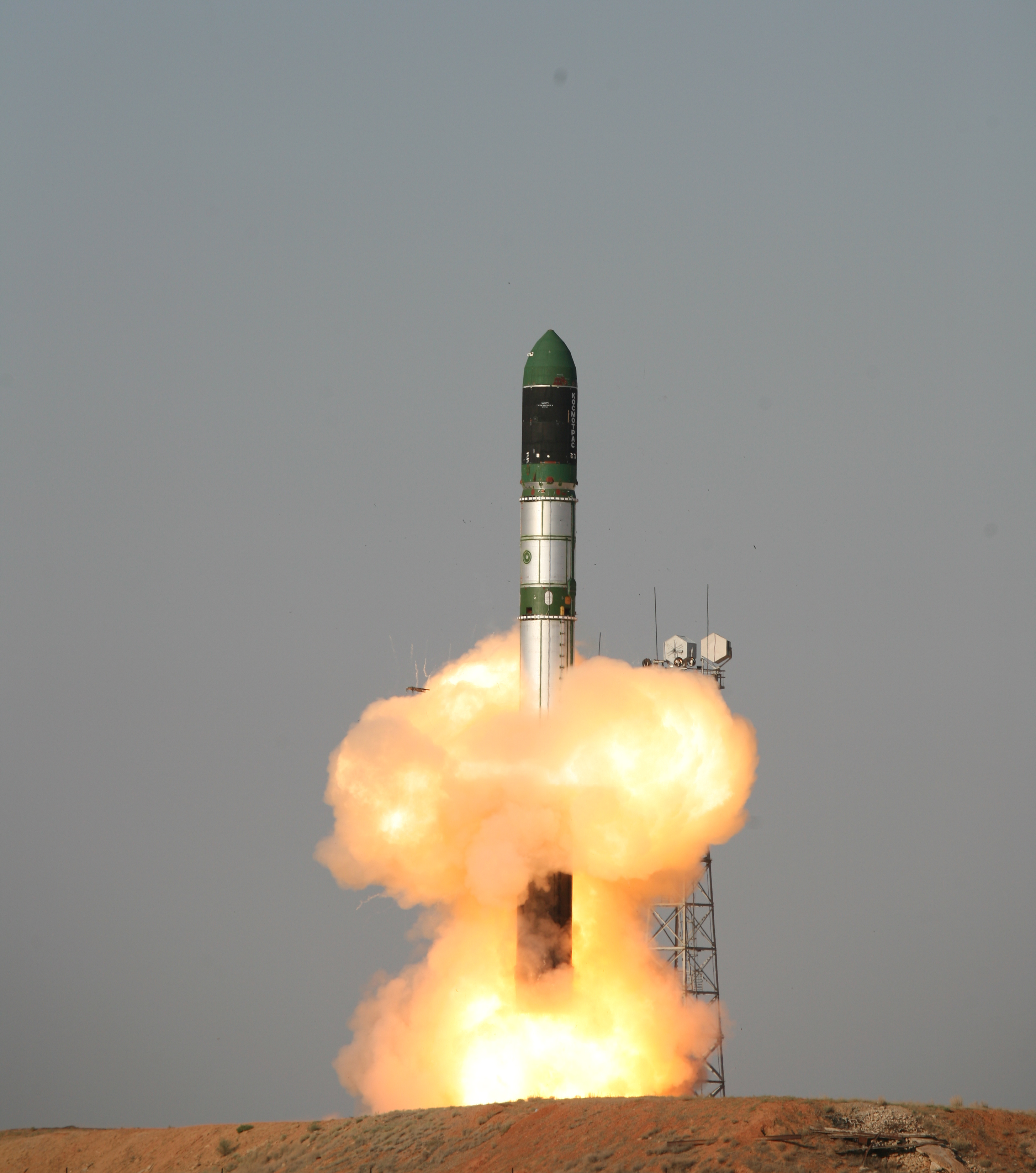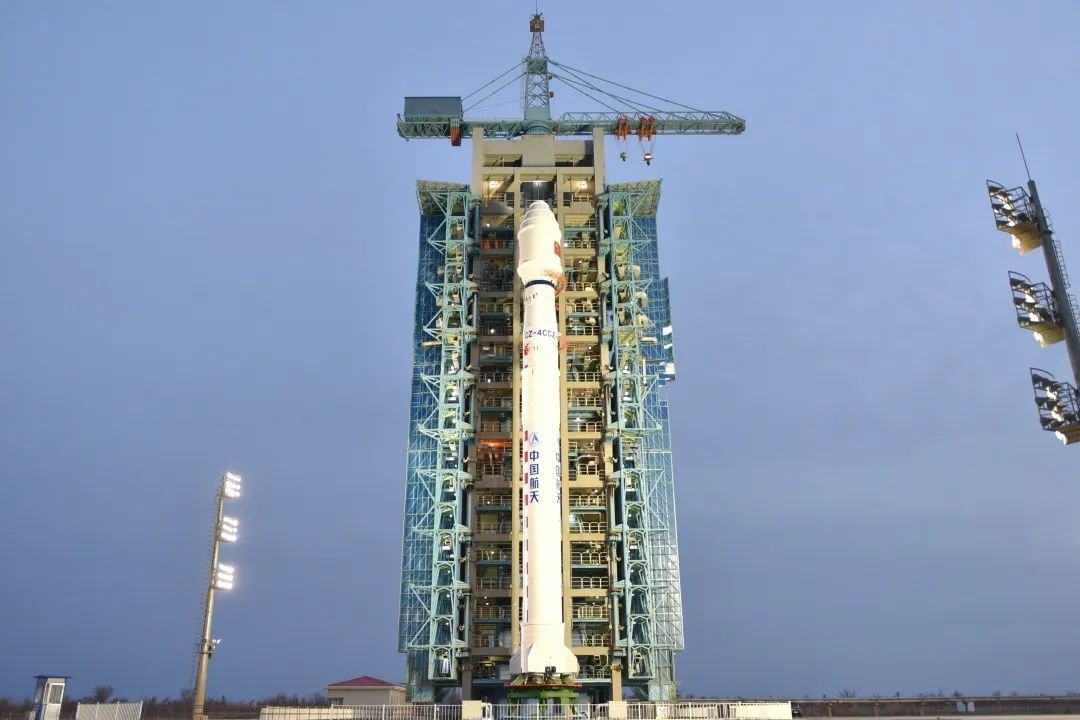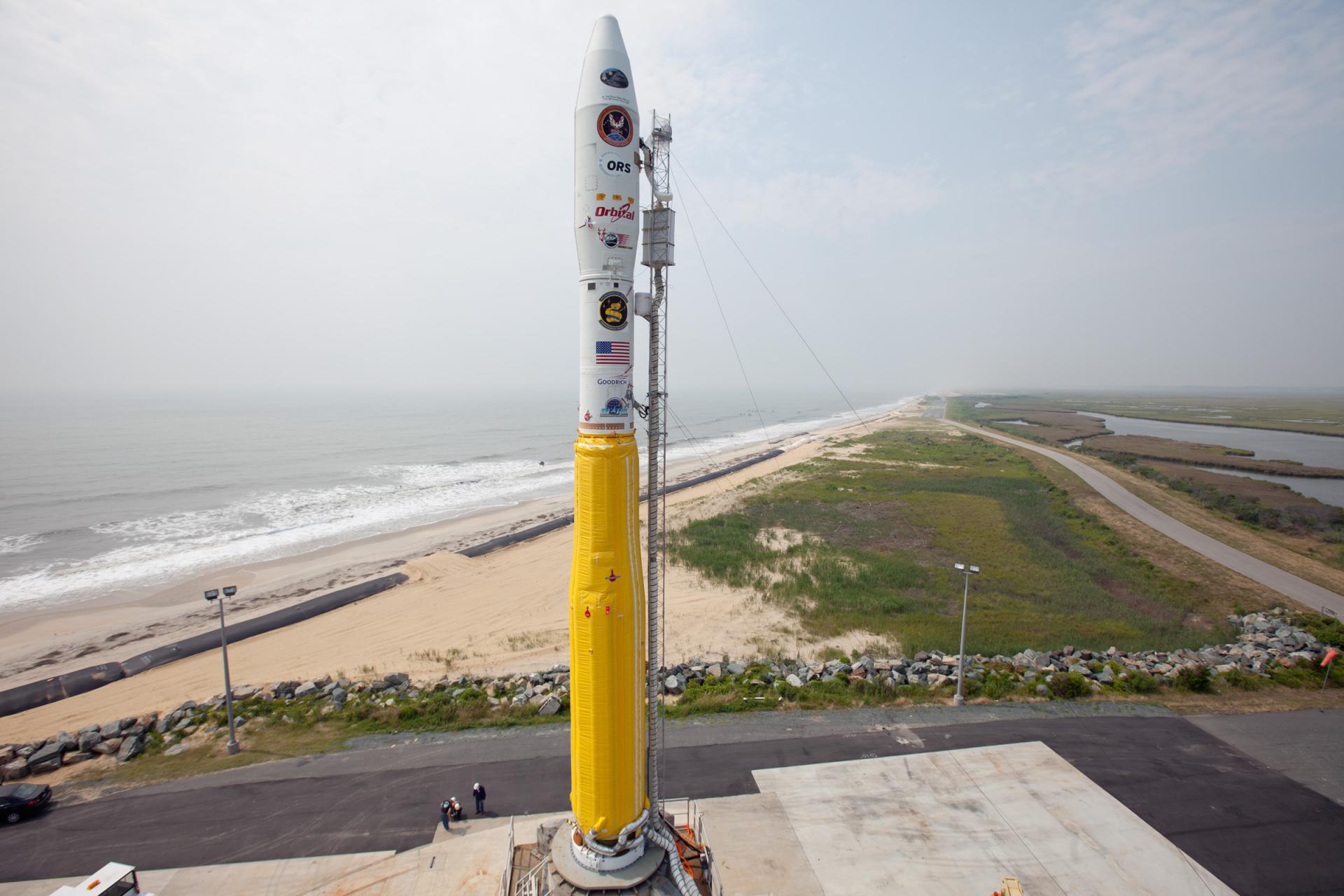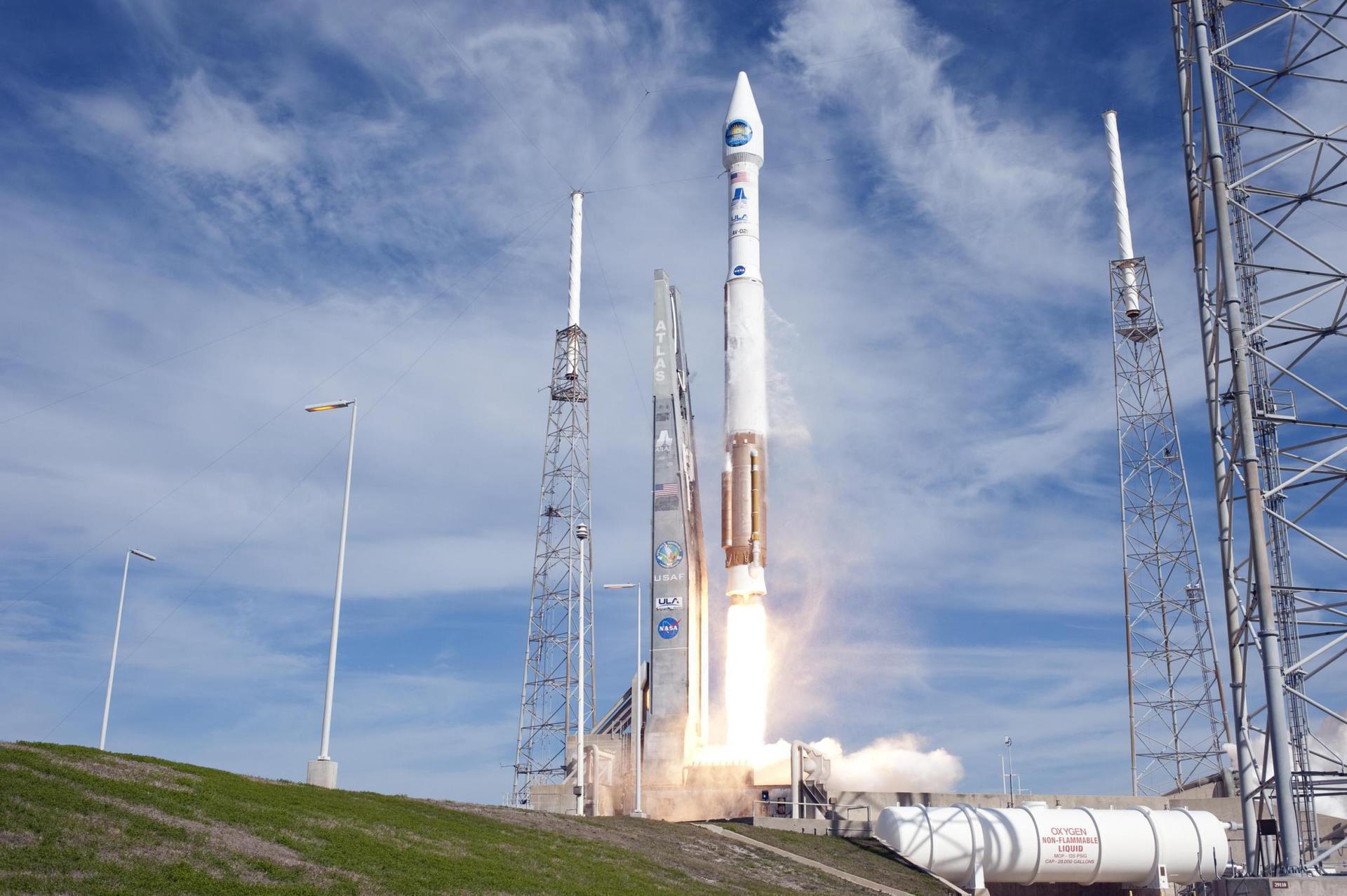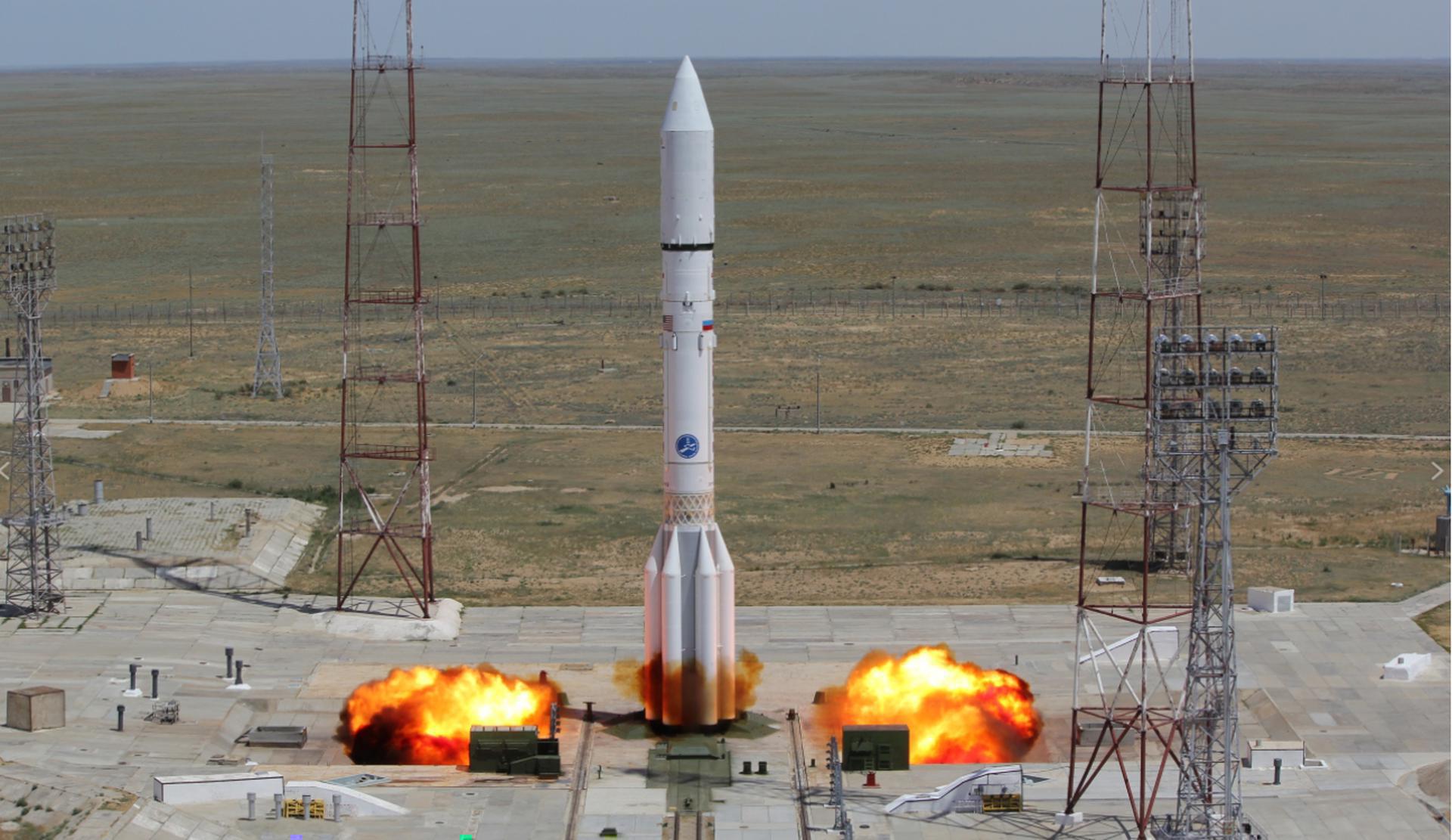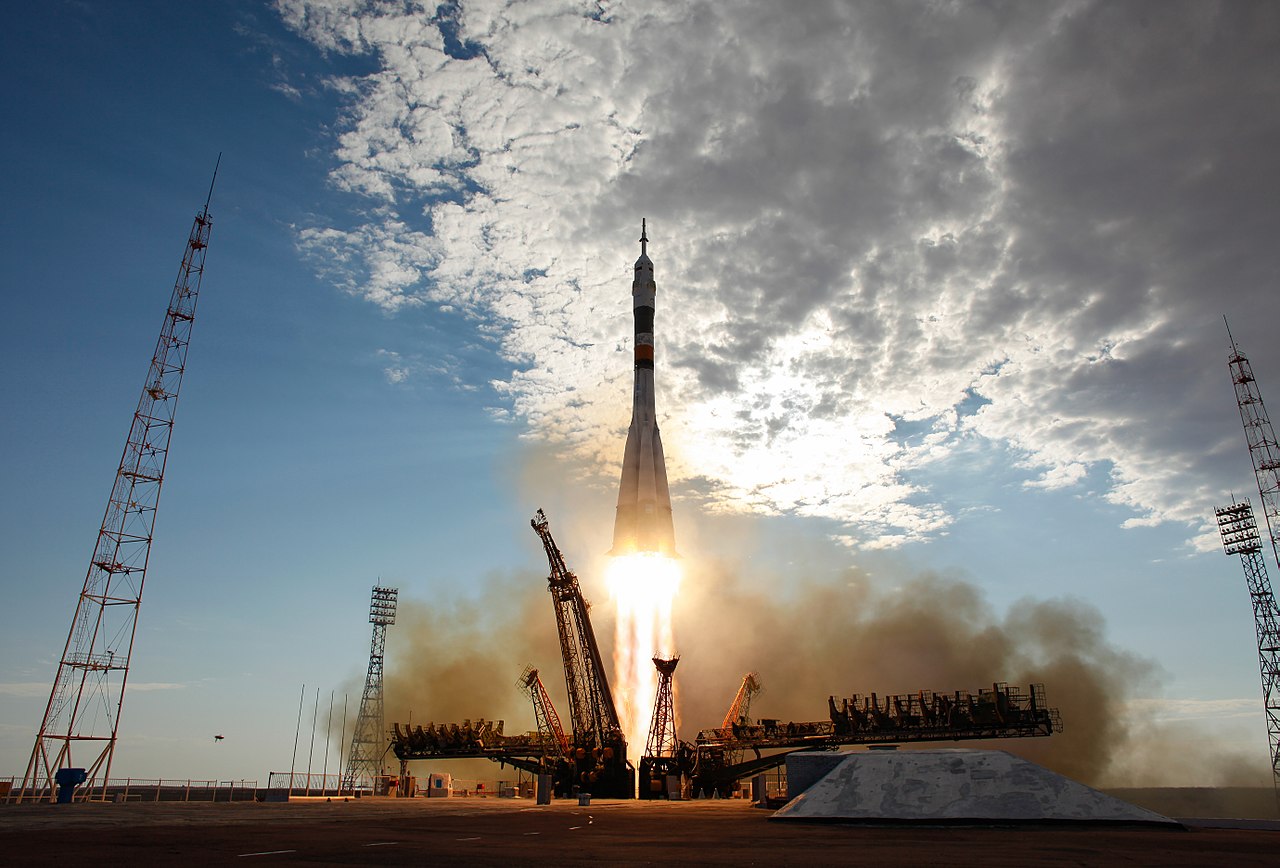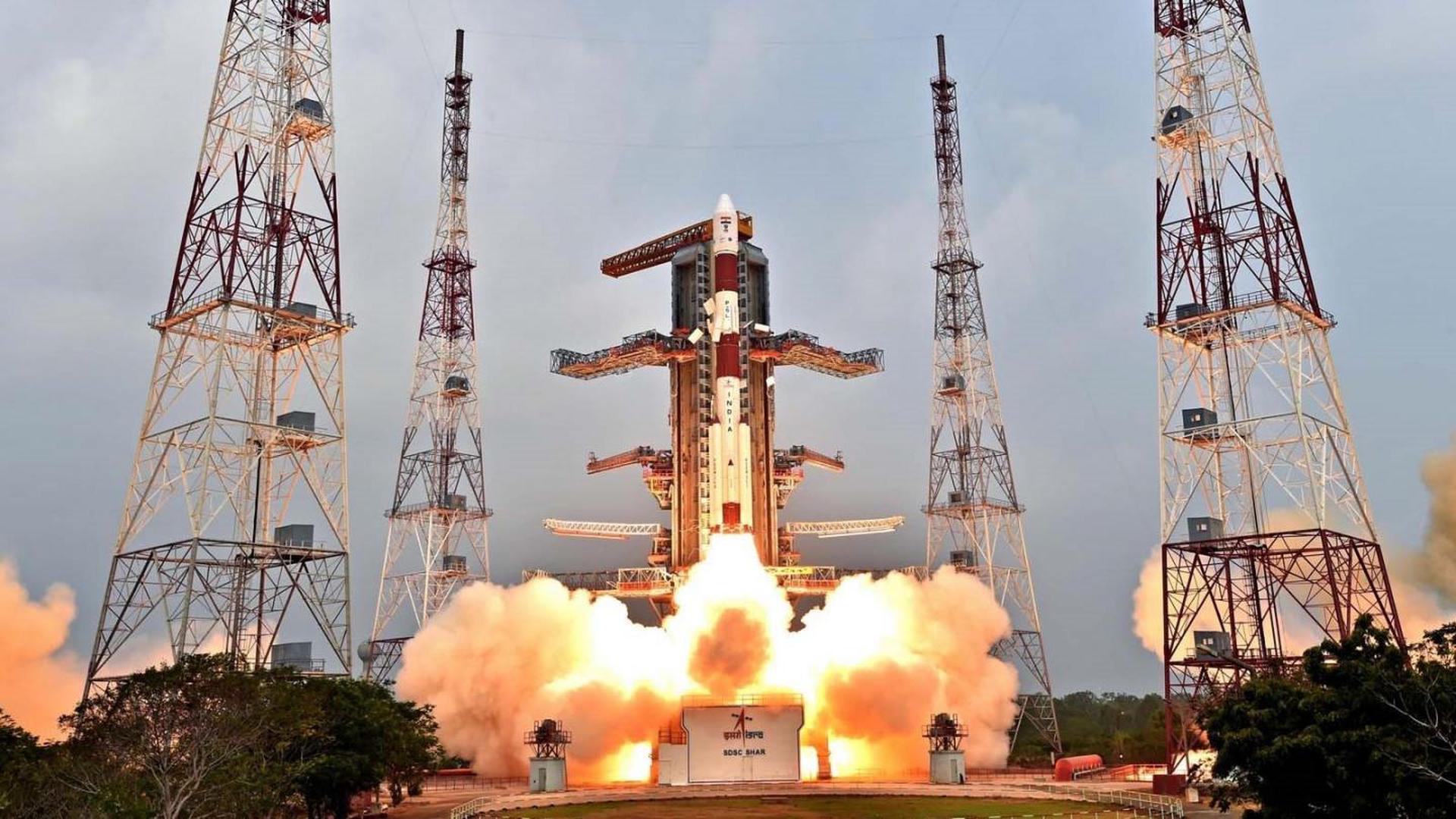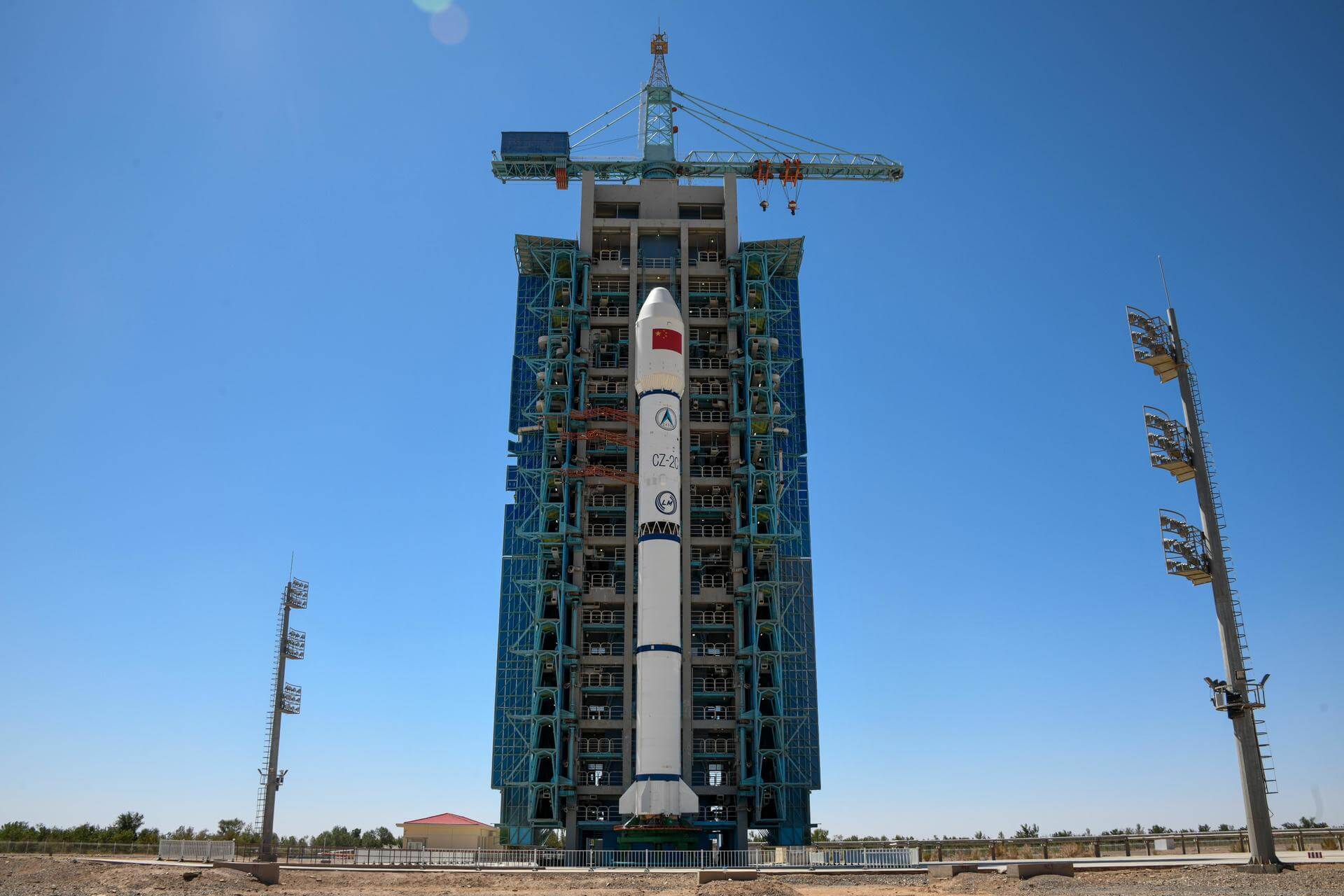Previous Spaceflight Launches
Filter by Agency, Locations or Vehicles
Show All LaunchesRokot / Briz-KM | Swarm A, B, C
Russian Aerospace Defence Forces | RussiaPlesetsk Cosmodrome, Russian Federation
Nov. 22, 2013, 12:02 p.m.
Dnepr 1 | Multipayload mission, 33 satellites
ISC Kosmotras | RussiaDombarovskiy, Russian Federation
Nov. 21, 2013, 7:10 a.m.
Long March 4C | Yaogan 19
China Aerospace Science and Technology Corporation | ChinaTaiyuan Satellite Launch Center, People's Republic of China
Nov. 20, 2013, 3:31 a.m.
Minotaur I | ORS-3
Orbital Sciences Corporation | United States of AmericaWallops Flight Facility, Virginia, USA
Nov. 20, 2013, 1:15 a.m.
Atlas V 401 | MAVEN
United Launch Alliance | United States of AmericaCape Canaveral SFS, FL, USA
Nov. 18, 2013, 6:28 p.m.
Proton-M Briz-M | Raduga-1M 3
Khrunichev State Research and Production Space Center | RussiaBaikonur Cosmodrome, Republic of Kazakhstan
Nov. 11, 2013, 11:46 p.m.
Soyuz FG | Soyuz TMA-11M
Progress Rocket Space Center | RussiaBaikonur Cosmodrome, Republic of Kazakhstan
Nov. 7, 2013, 4:14 a.m.
Status: Launch Successful
Mission:
Soyuz TMA-11M begins expedition 38 by carrying 3 astronauts and cosmonauts to the International Space Station. Russian Commander, cosmonaut Mikhail Tyurin alongside Flight Engineers, Richard Mastracchio (NASA) & Koichi Wakata (JAXA) will launch aboard the Soyuz spacecraft from the Baikonur Cosmodrome in Kazakhstan and then rendezvous with the station. It landed on 14 May 2014 at 01:58 UTC
Low Earth OrbitPSLV XL | Mars Orbiter Mission (MOM)
Indian Space Research Organization | IndiaSatish Dhawan Space Centre, India
Nov. 5, 2013, 9:08 a.m.
Long March 2C | Yaogan 18
China Aerospace Science and Technology Corporation | ChinaTaiyuan Satellite Launch Center, People's Republic of China
Oct. 29, 2013, 2:50 a.m.
Proton-M Briz-M | Sirius FM-6
Khrunichev State Research and Production Space Center | RussiaBaikonur Cosmodrome, Republic of Kazakhstan
Oct. 25, 2013, 6:08 p.m.

